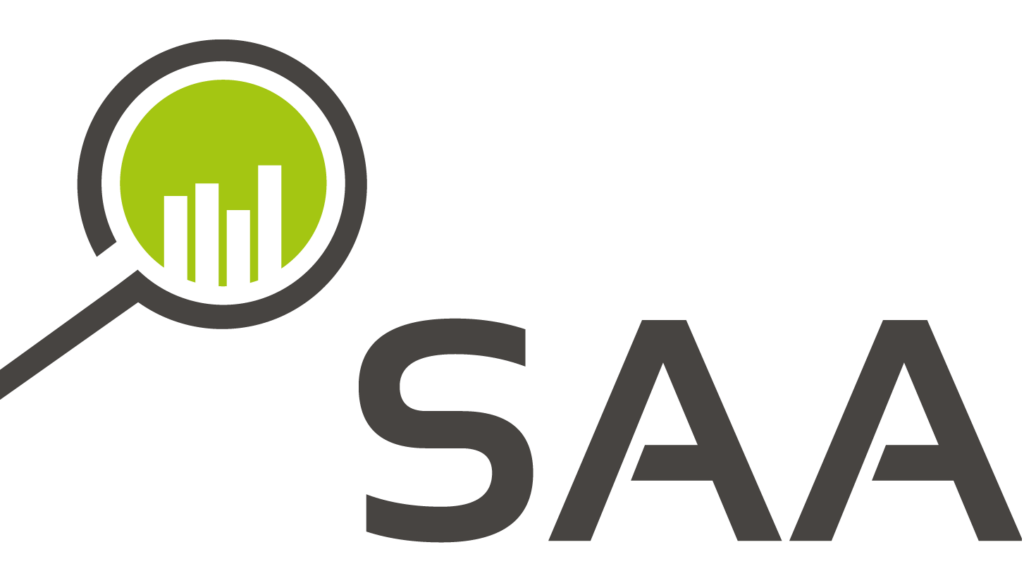
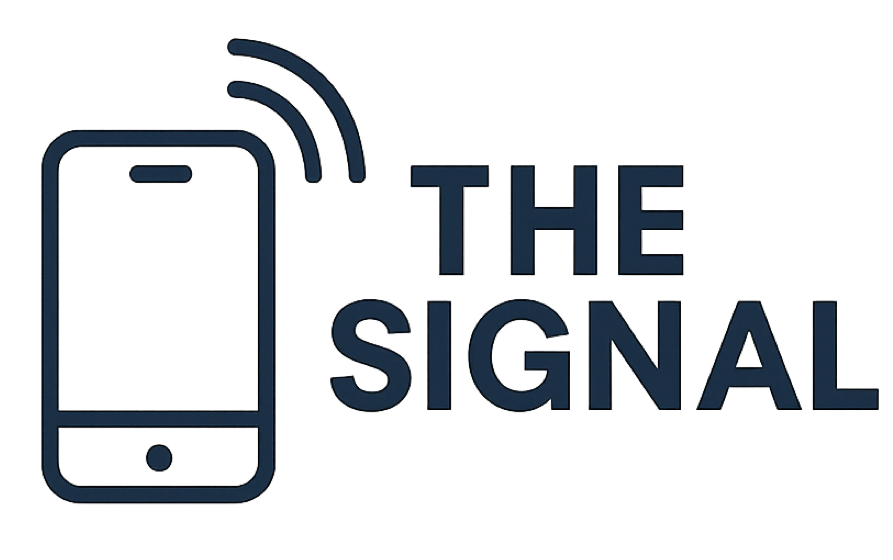
Welcome to the SAA Newsletter that is officially named “The Signal”. Thank you to everyone who voted. It was a very tight race with “The Signal” barely edging out the other options.
“The Signal” is a quarterly publication that is available to all SAA Members. If you have information or suggestions for the newsletter, please send an email to SAA Communications Committee Chair – R. Ross MacLean at ross[dot]maclean[at]yale[dot]edu.
Follow us on BlueSky ![]() @ambulatory-assessment.org
@ambulatory-assessment.org
Conference Information
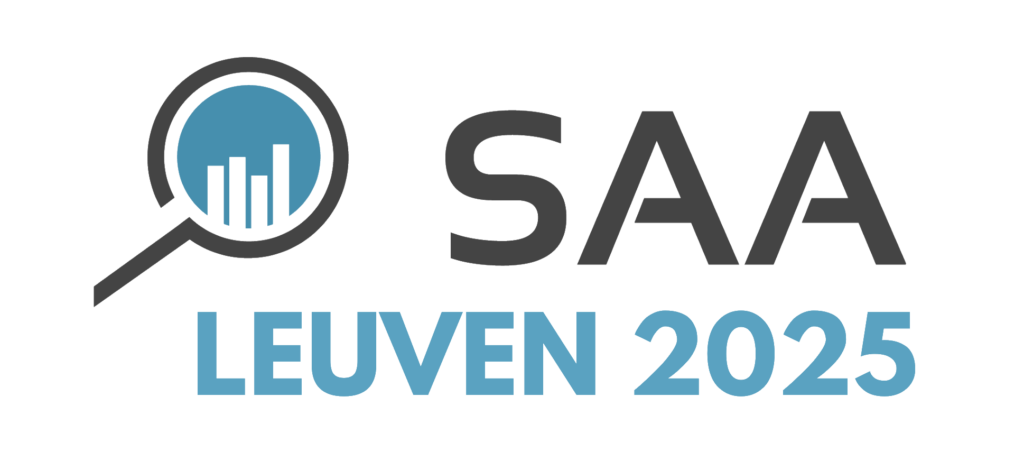
We would like to thank everyone who joined us in Leuven for SAA 2025, as well as our colleagues who were unable to attend in person but contributed by sending in recordings. We sincerely appreciate all participants, speakers, sponsors, and volunteers whose efforts made the conference a success. Our heartfelt gratitude also goes to the Society for Ambulatory Assessment for their ongoing support and dedication to advancing the field. We look forward to seeing you all at next year’s SAA conference in Vienna!
REAL, KU Leuven
Prof. Olivia J Kirtley
Prof. Peter Kuppens
Prof. Ginette Lafit
Prof. Ines Myin-Germeys
The Society for Ambulatory Assessment Annual Conference in Leuven wrapped up on May 28th. Below is a recap of the conference, by the numbers with photos:
- 504 total conference attendees, including 280 early career SAA members
- Participants from 39 different countries
- 3 keynote speeches
- 40 symposia
- 140 paper presentations
- 146 poster presentations
- 8 sponsors
- 550 liters of coffee served
- 2550 sandwiches prepared
- 1 fantastic conference!
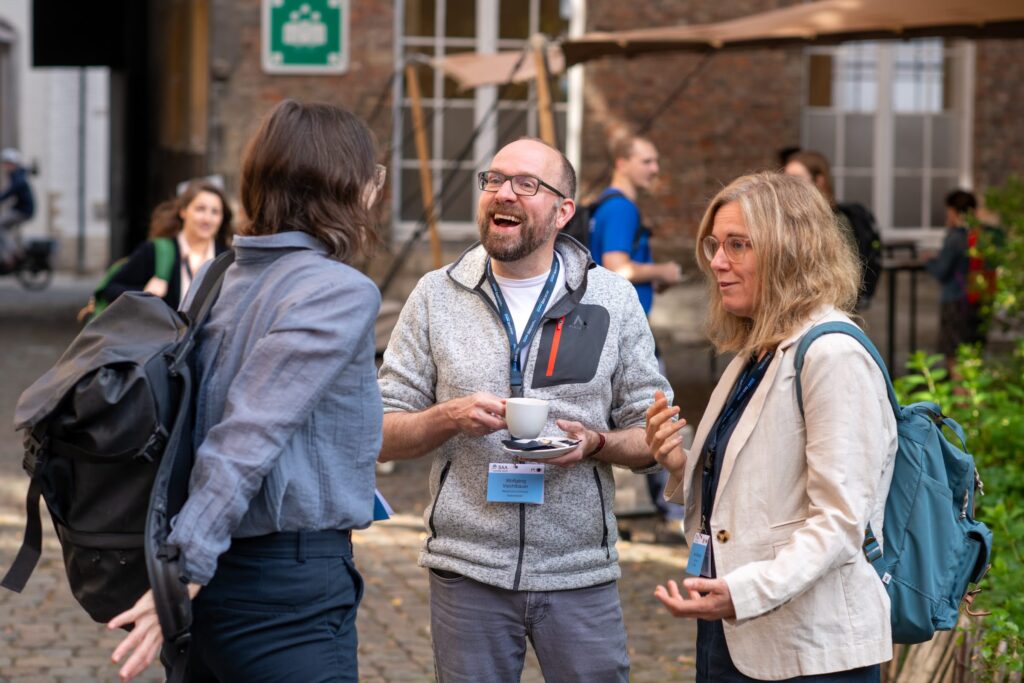

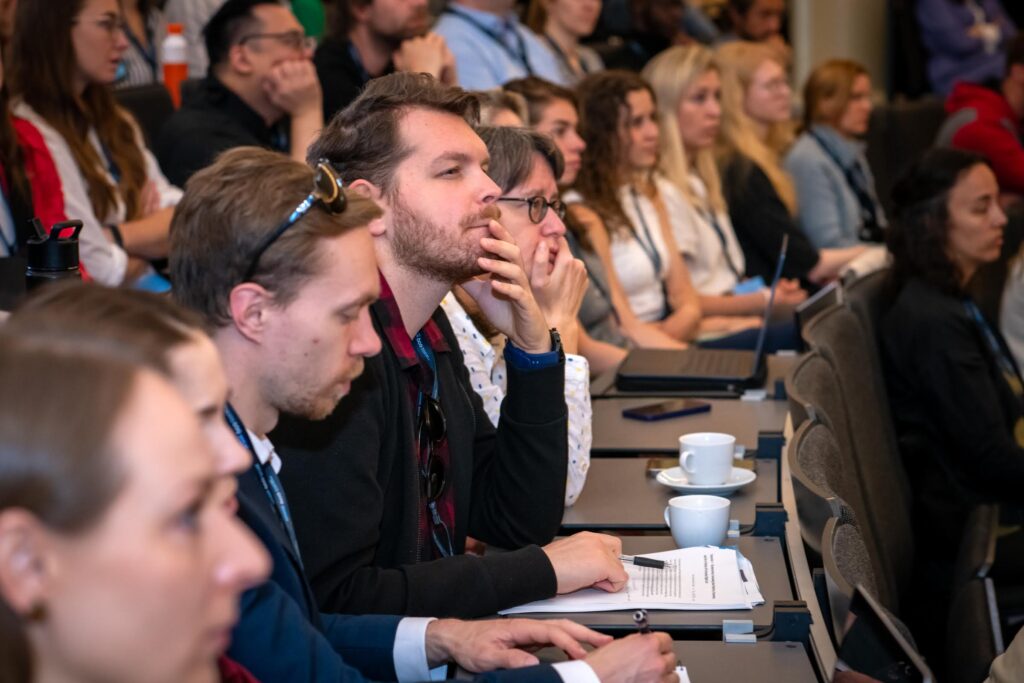
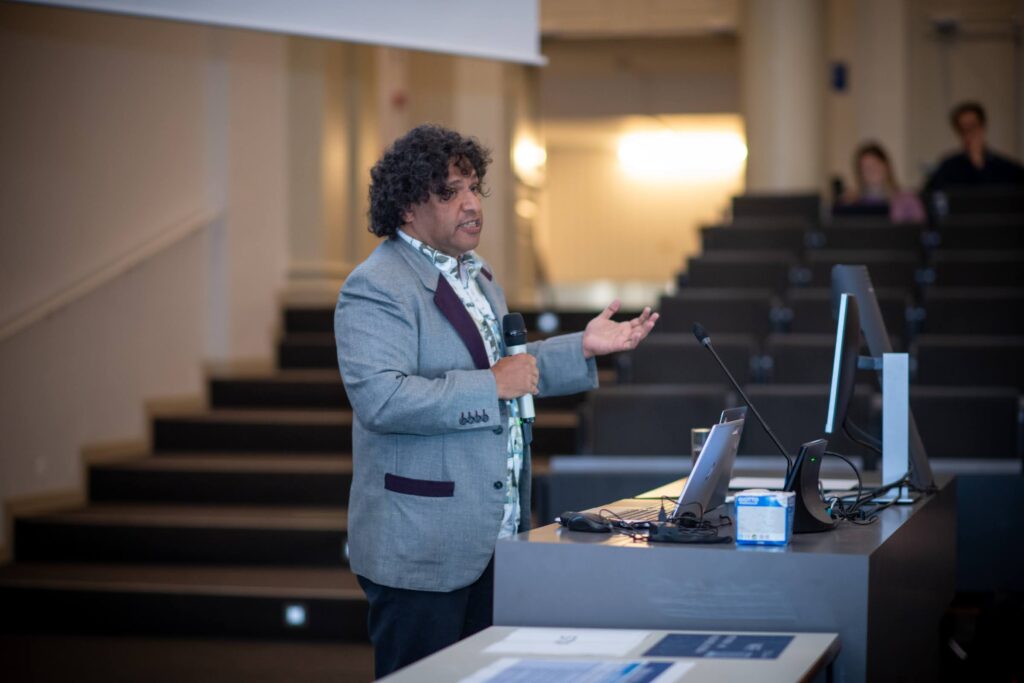
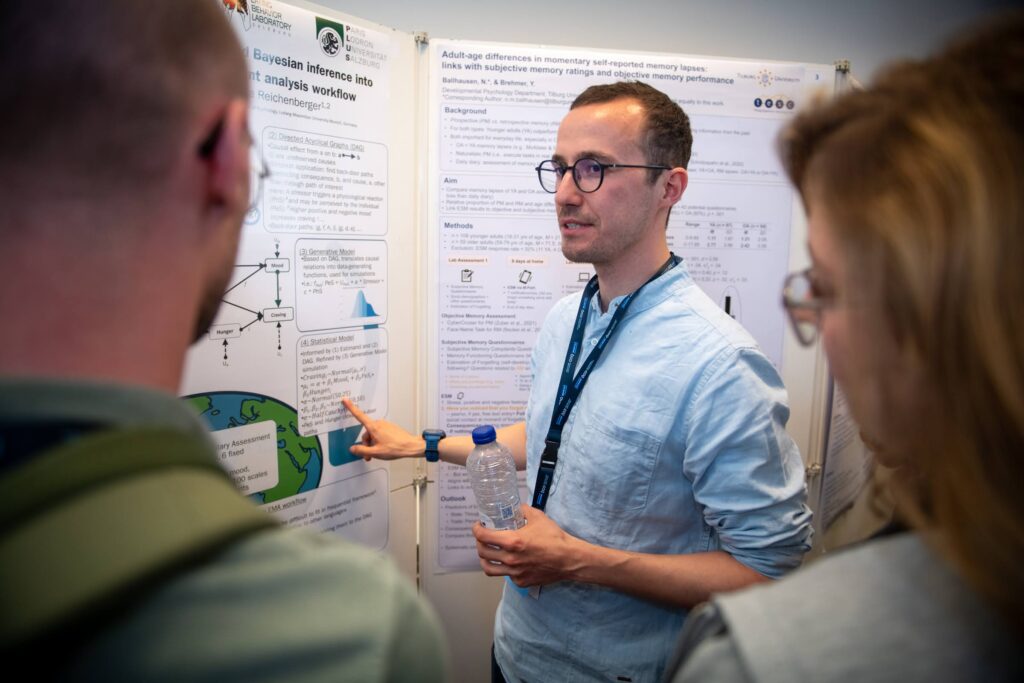




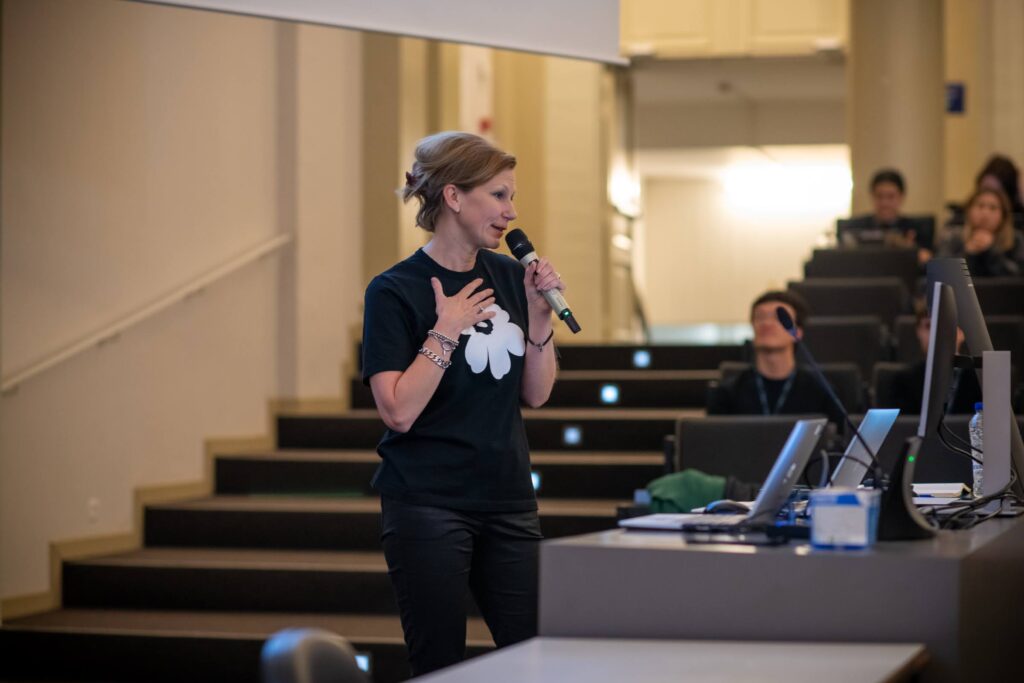

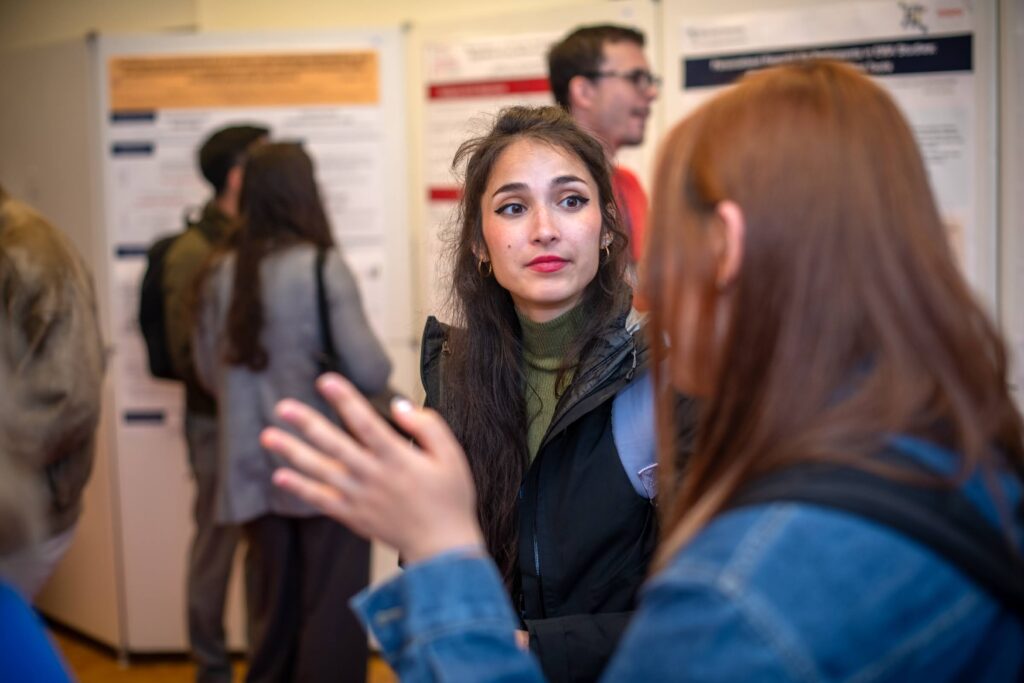
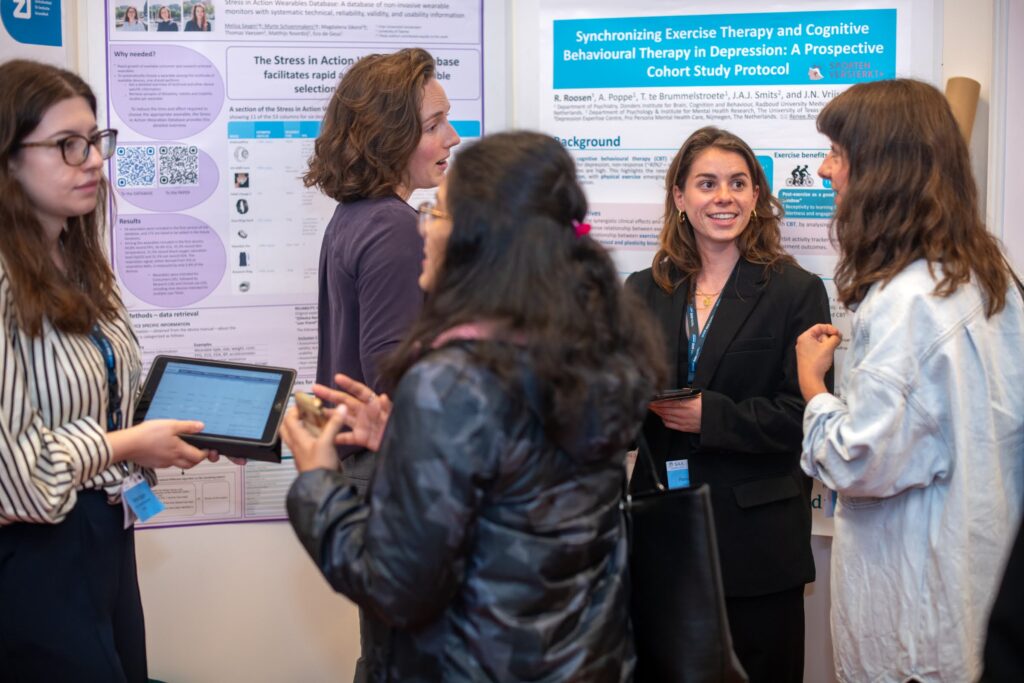
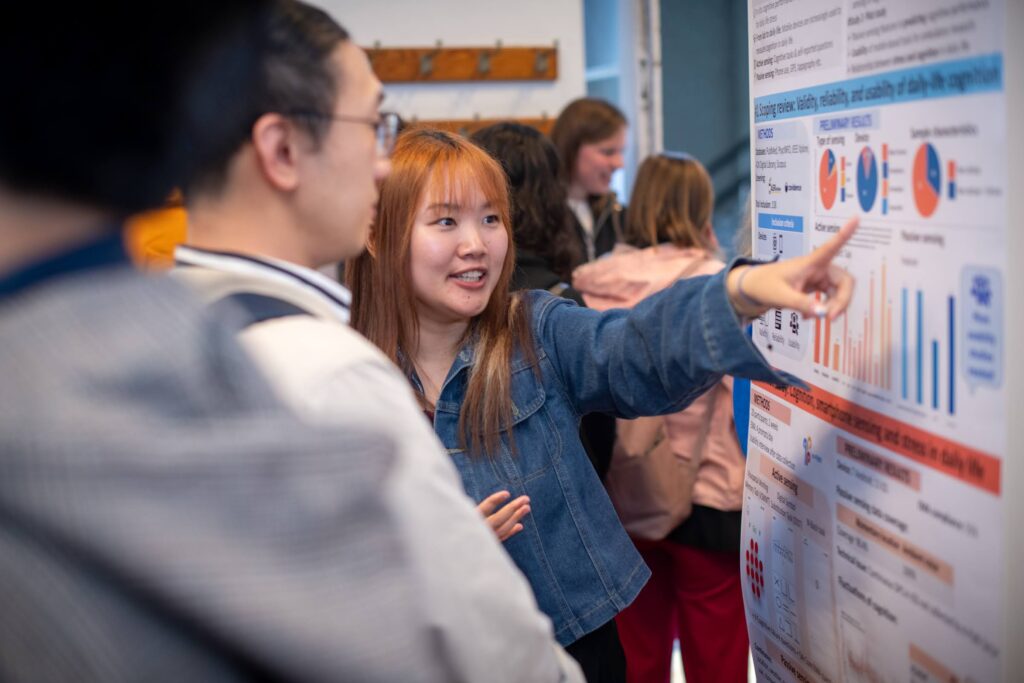
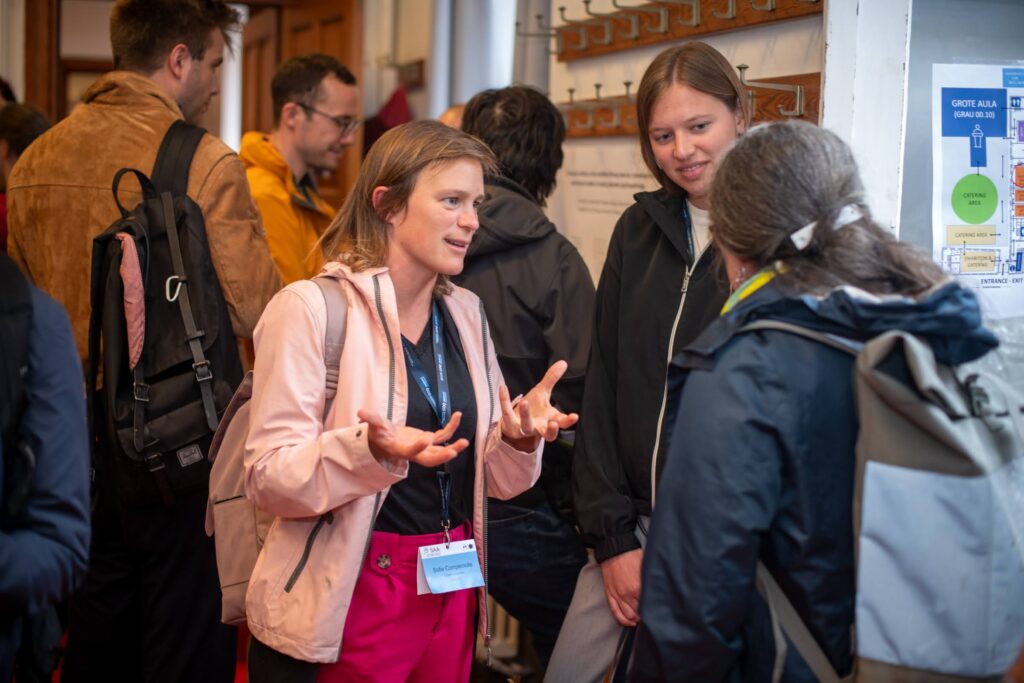

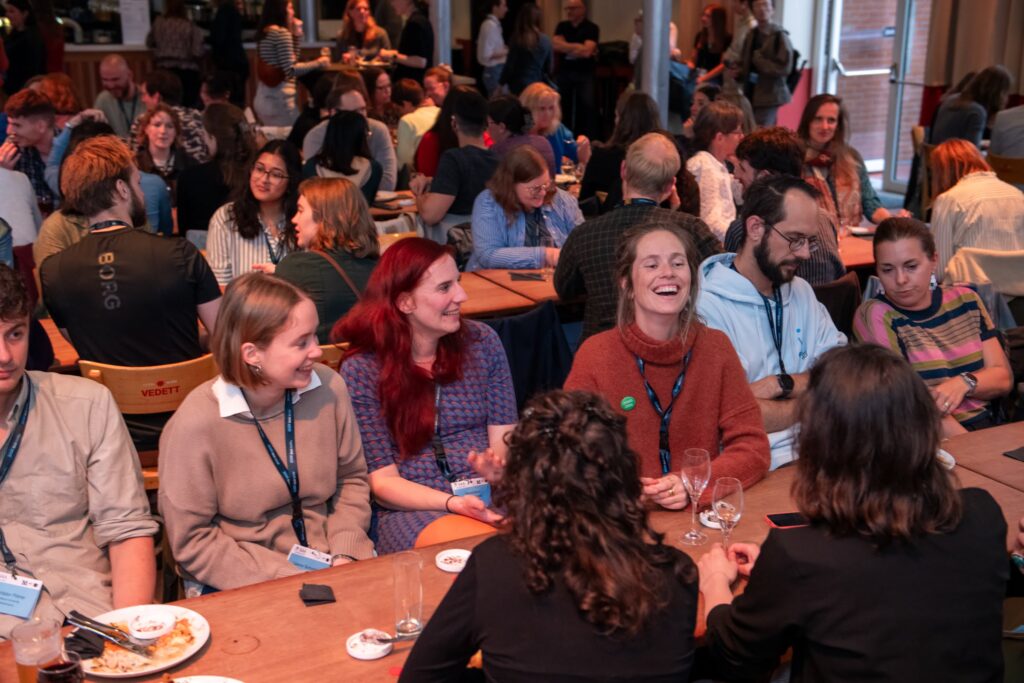
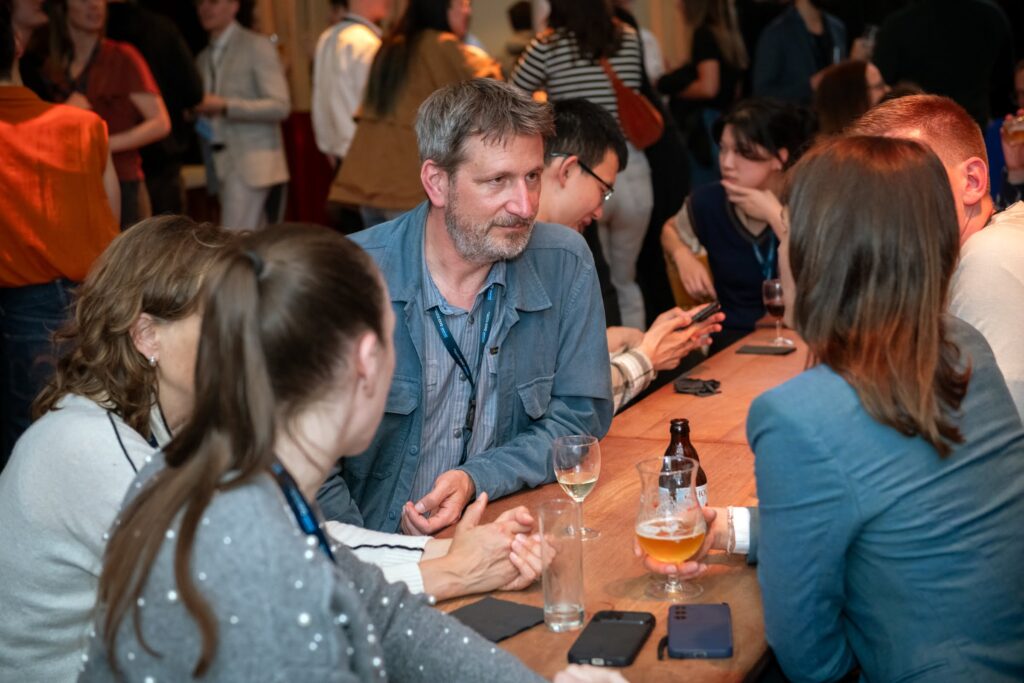
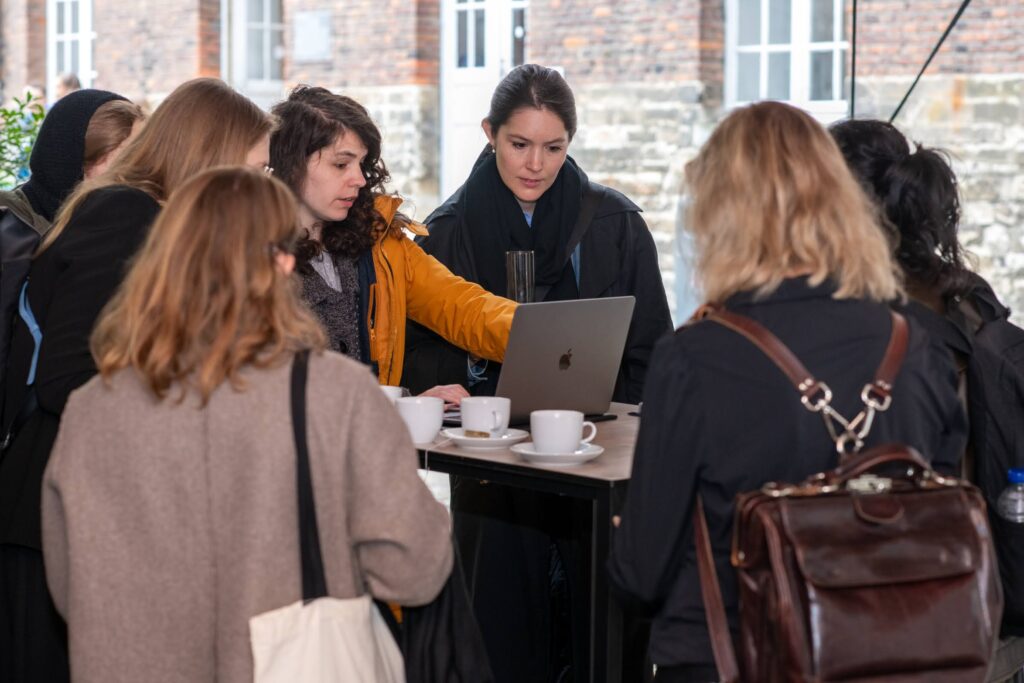
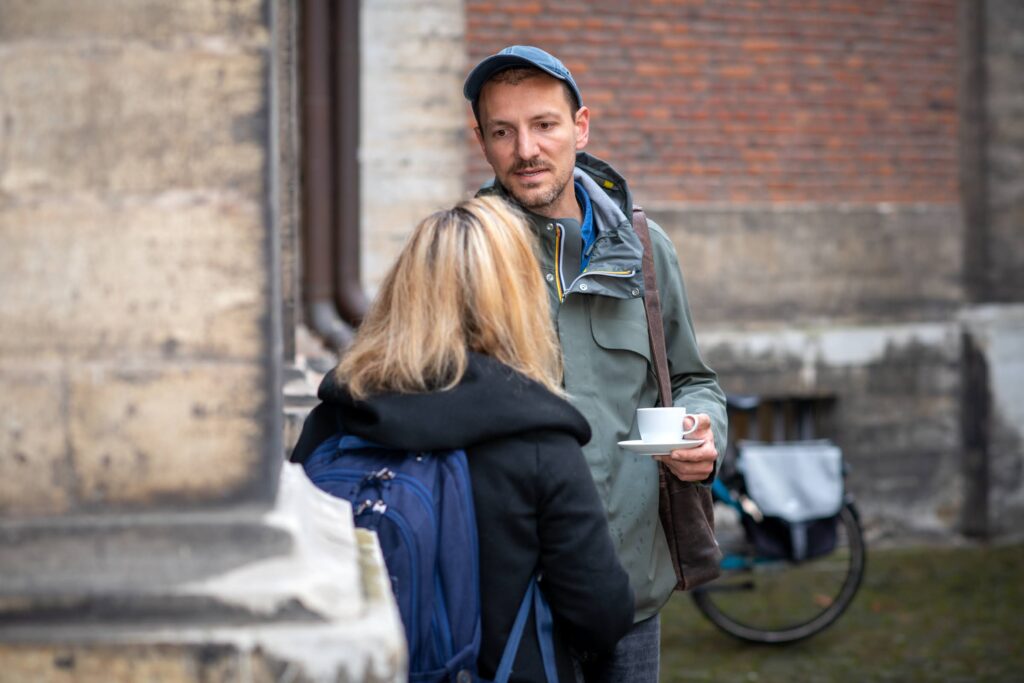
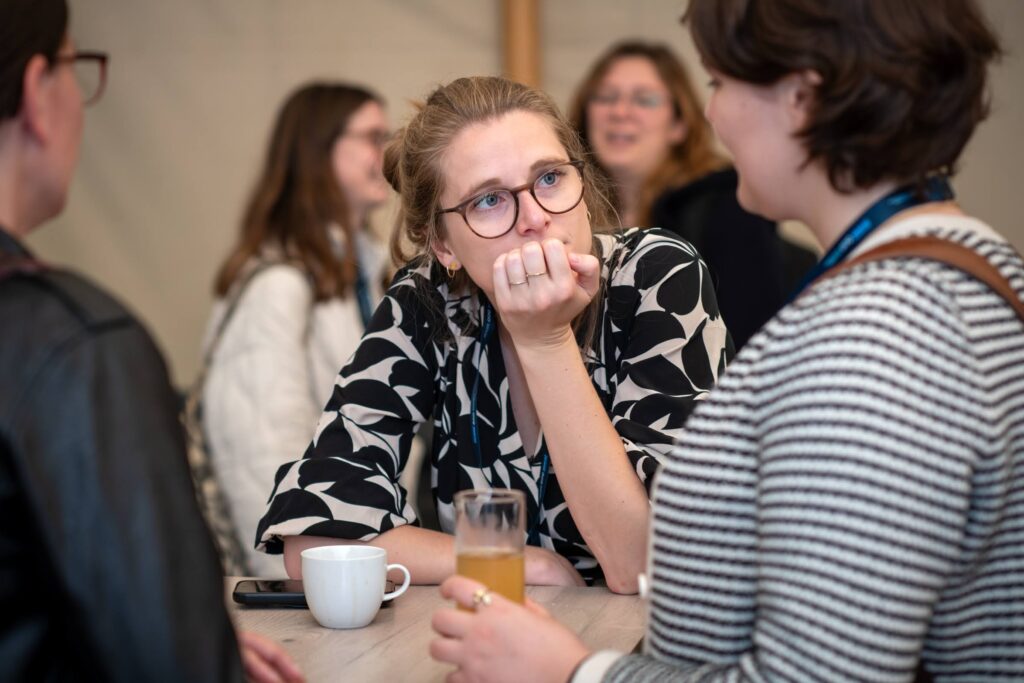
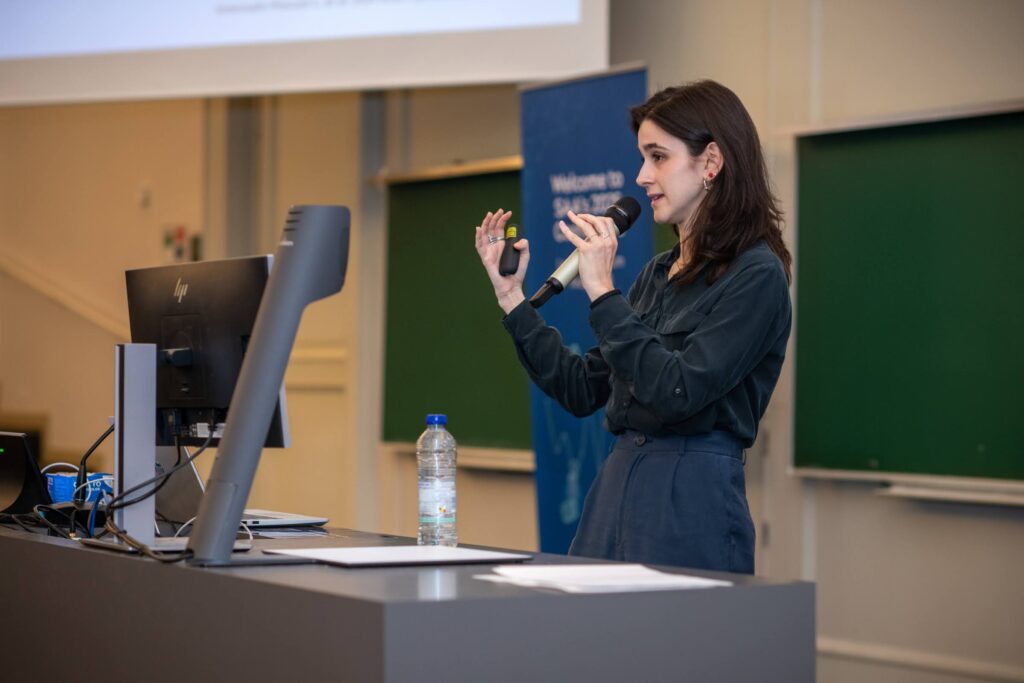
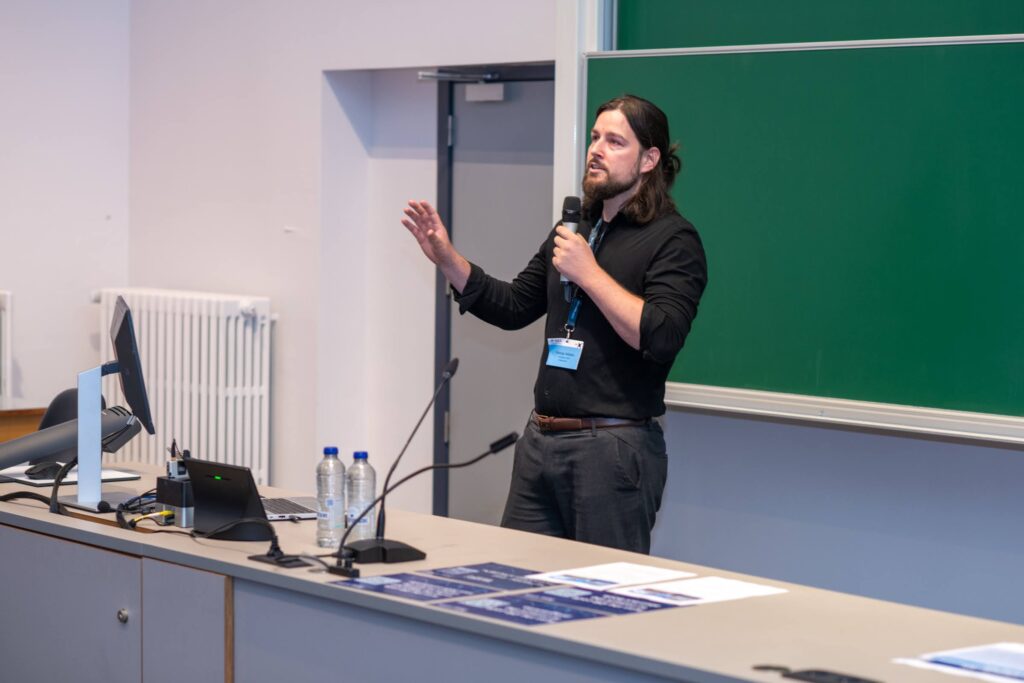
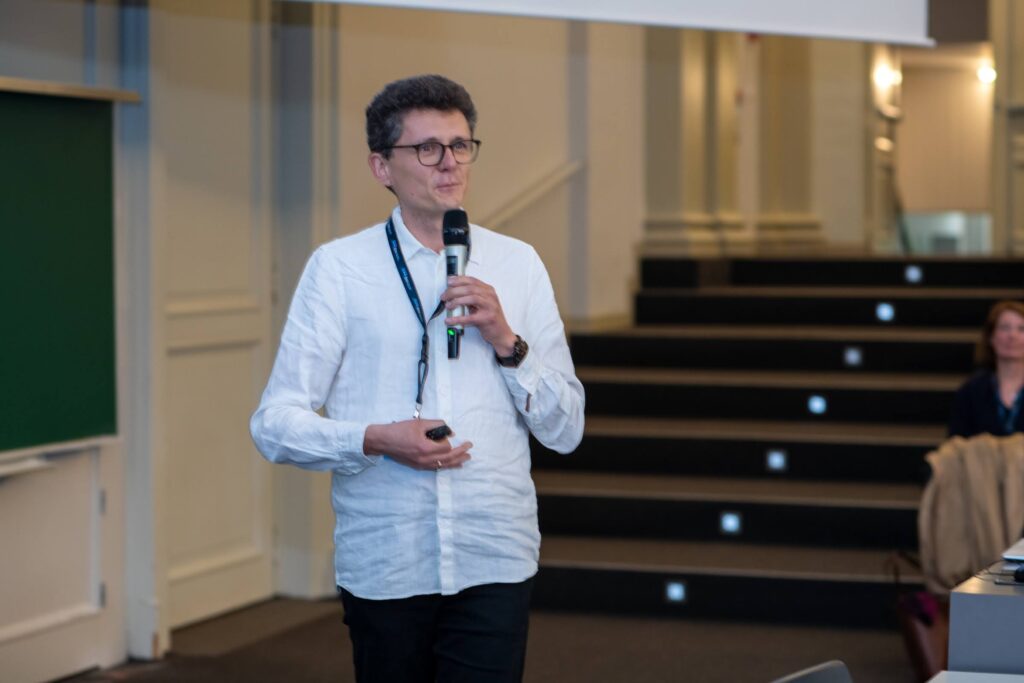
Thank you to the conference organizers, SAA Executive Board, conference attendees, presenters, and sponsors for helping to make the 2025 SAA annual conference in Leuven a success.
SAVE THE DATE: SAA 2026 in Vienna, Austria
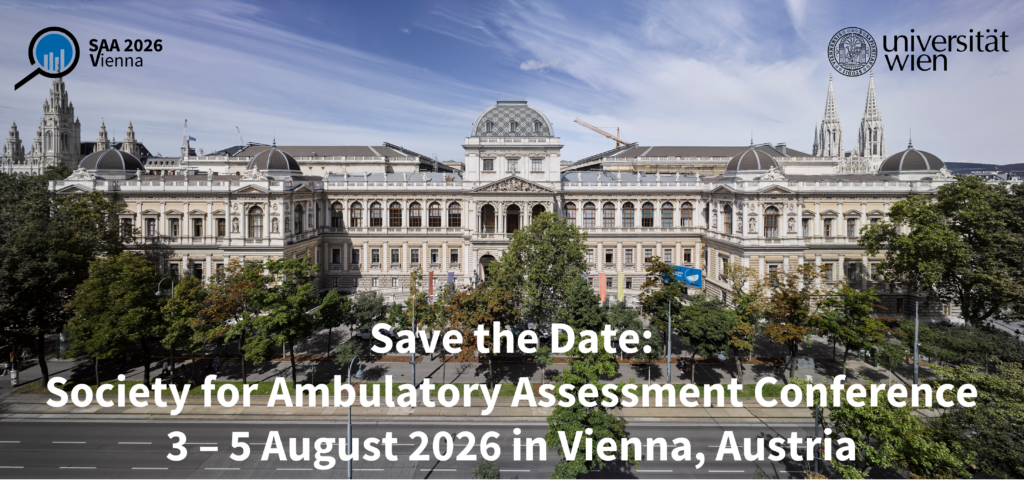
Next year, the SAA annual conference will take place in Vienna. Professor Laura M. König and the Health Psychology Group will host us from 3 to 5 August 2026. An online participation option will be offered for those who are unable to travel to Vienna. More information will follow soon on the conference website: https://univie.eventsair.com/saa2026/
Key dates:
- Abstract submission: 1 December 2025 – 16 January 2026
- Acceptance notifications and start of registration: end of March 2026
- End of early bird registration: end of April 2026
A note on the conference location and date:
SAA conferences usually alternate between Europe and North America. The EC scouted several exciting places in the US, but ultimately it was not possible to plan a conference in the US next year. We still hope that many colleagues from the Americas will be able to attend SAA 2026 in person or digitally, and we are looking forward to meeting again in (Northern) America in the near future!
Since availability of facilities at universities is often limited during term time, and the academic year ends somewhat later in several European countries compared to the US, we had to move the 2026 conference to early August. Nonetheless, Vienna is an amazing place to visit at any time of the year, with lots of attractions and nature around, as well as several beaches along the Danube that can be reached by public transport. We are looking forward to bringing some summer holiday feeling to the conference this time.
SAA Spotlight
The SAA Origin Story: An interview with Prof. Thomas Kubiak
In this Spotlight, we take a look back at the beginnings of the Society for Ambulatory Assessment – together with someone who has been involved from the very beginning: Prof. Dr. Thomas Kubiak.
“The SAA grew out of a European network,” explains Prof. Kubiak. Even before it was officially founded, he was involved in the field of ambulatory assessment, for example through symposia and contributions to special issues.
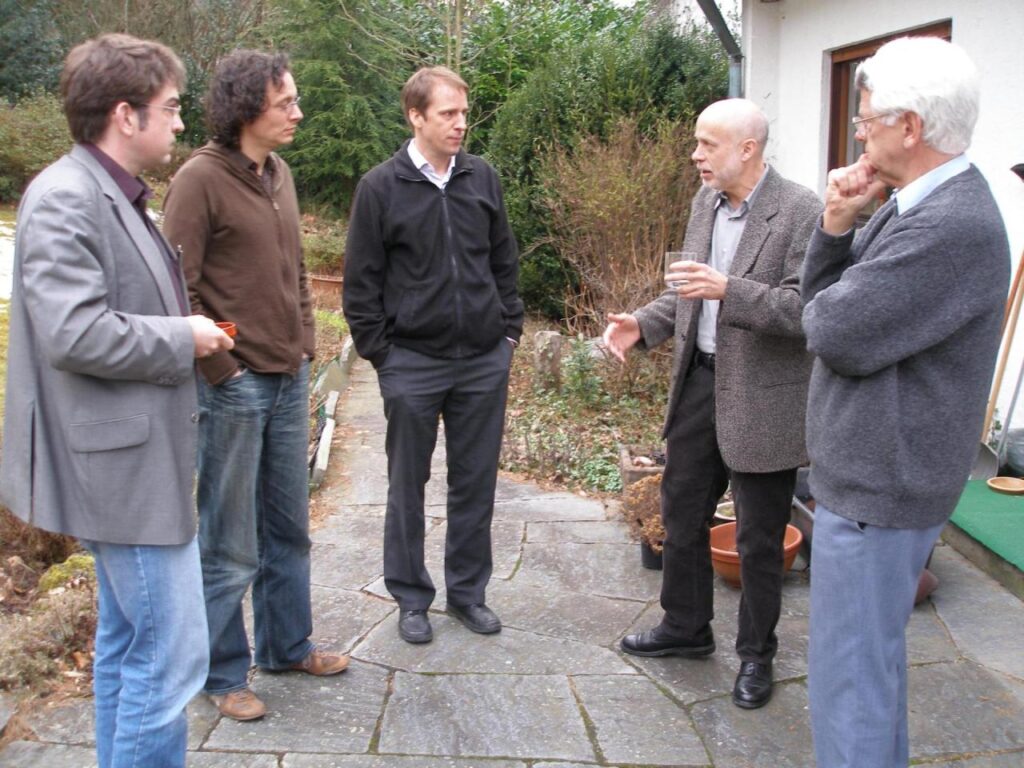
The official founding of the SAA then took place in a small but historic setting in 2008. “We were sitting in Jochen Fahrenberg’s living room – together with Uli Ebner-Priemer, Peter Wilhelm, and others”, he recalls.
From the very beginning, a central goal of the founding members was to bring together researchers from around the world: “In North America, there was already a lot of research on ambulatory assessment, and the traditions had developed somewhat in parallel. Our goal was to bring in colleagues from there and build an international and unified community.”. The founders also wanted to create an interdisciplinary organization, a goal that is still pursued today. “In addition to the behavioral sciences, especially psychology, we want to involve other fields more strongly – such as methods and data sciences or technology.”. One area that is still underrepresented, he notes, is medicine.
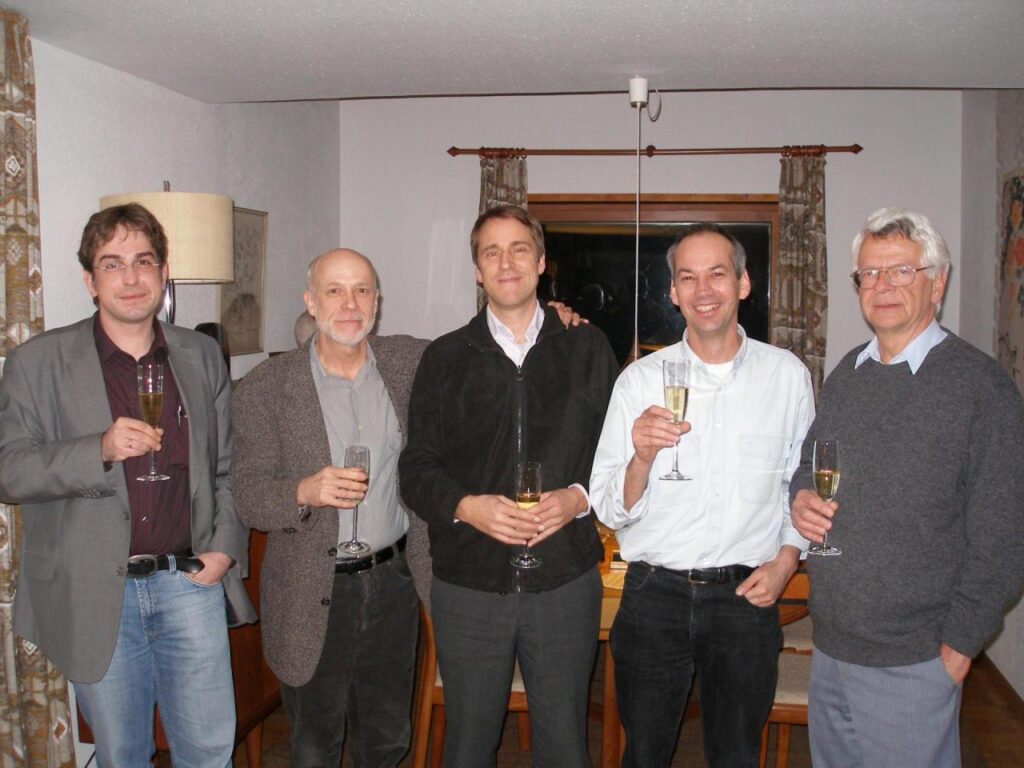
An important milestone, says Prof. Kubiak, was the first SAA conference in 2009 in Greifswald, where he and Hannelore Weber served as conference chairs.
Much has happened since then: SAA is now a vibrant international community. “We have been able to attract many early-career researchers to the SAA through travel grants and awards at the annual conferences,” he says. For him, this is one of the most important accomplishments in recent years.
At the same time, Prof. Kubiak recalls the challenges they have faced over the years: “In the beginning, many things were fairly improvised, such as the creation of the website.”. The introduction of membership fees and the growing commitment of many colleagues made it possible to increase professionalism. Still, finding motivated teams to host the conference each year remains a constant challenge.
Looking to the future, he says: “I would like to see more members from other continents, such as Asia, get involved again – they were more present in the early days.”. He also emphasizes the importance of becoming more interdisciplinary and increasing the visibility of the SAA beyond the psychological community and experts in this field.
His advice to new members? “Take part in the Early Career Researcher activities at the conference – it’s the best way to build an international network. Also, attend contributions from other disciplines and engage in discussion with them.” And finally: “Get involved – for example, by joining one of the committees.”
We warmly thank Prof. Dr. Kubiak for sharing his insights and memories with us.
Research Brief
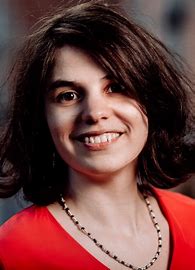
Dr. Laura F. Bringmann, an SAA member, led a 2025 paper published in Internet Interventions titled “Developing a qualitative and quantitative ambulatory assessment-based feedback system within cognitive behavioural interventions for people with persecutory beliefs.”
The paper describes the process for the development of a novel system that integrates self-monitoring and visual feedback within two psychological interventions, Cognitive Behavior Therapy for Psychosis (CBTp) and the Feeing Safe Programme combined with peer counseling. The system included four types of visual graphs: line graphs, stacked graphs, word clouds, and clocks. Feedback from patients about their experiences using the system was positive, describing it as easy to use and helpful for building insight into their experiences. This paper represents an important proof-of-concept for how visual displays of patient data collected via ambulatory assessments can be meaningfully incorporated into psychological interventions to personalize and enhance treatment outcomes. The full paper is available open access here. Dr. Lauren DiPaolo, a member of the SAA Communications Committee, reached out to Dr. Bringmann to gain some insights on the development process for this novel system.
Lauren Piaolo: What was the process like for creating these novel, ambulatory assessment-based visual feedback systems using m-Path?
Laura Bringmann: It was a lot of fun. Eva Tolmeijer, who is an expert on behavioral interventions for people with persecutory beliefs, proposed what should be there contentwise, and with m-Path, we discussed what graphical solutions would be suitable, and how we could make new kinds of visual representations. Then the m-Path team made a demo of how it could look like, which we then tested and discussed and further refined. It was then really cool to see how the final version panned out and looked like with actual data.
LP: Which type of visual display was your favorite (lined graph, stacked graph, word clouds, or clocks)?
LB: I would say the word clouds and the clocks. The latter because it is a really new way (that Stijn Verdonck and Maarten Piot from m-Path came up with) to show how the distribution of the bed times of patients looks like, which was what Eva wanted to visualize as it was important for patients. I think it was such an innovative and new kind of graph. However, the word clouds were the clear favorites with the patients. The nice thing was that they were actually not word clouds but sentence clouds, as the patients could make their own categories of sentences. For example positive phrases such as: “it is beautiful around me” or “I am in nice company”. The more often they chose these categories, the bigger they were in the cloud. Some even printed out these clouds to remind themselves of the positive things.
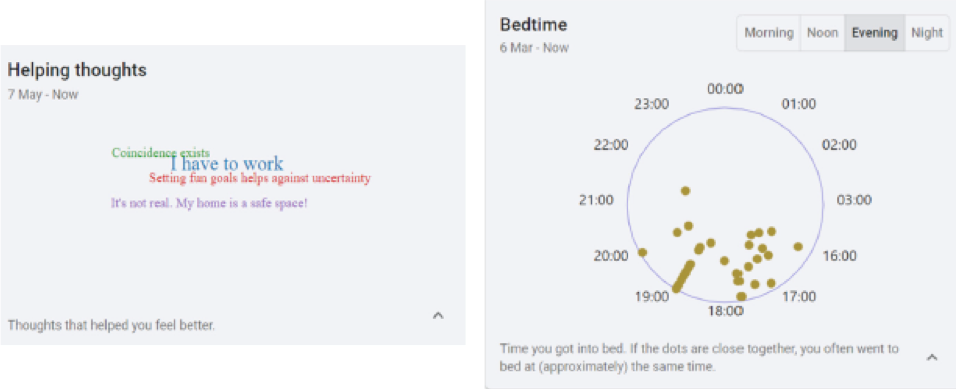
LP: Do you have any recommendations for other researchers who might be interested in creating similar feedback systems for other psychological interventions?
LB: Start from a conceptual perspective and not from the visualisations that are already out there or from the statistics. For example, start by drawing possible visual representations. Do it together with people who are experienced with graphical design or visualizations. Include also space for qualitative data, as it is crucial for making sense of the quantitative data.
If you are an SAA member and have a recently published paper you would like us to highlight in the next newsletter, please let us know! We are excited to highlight the fantastic research of SAA members.
Education Opportunities
Hybrid Summer School on Intensive Longitudinal Methods, Dyadic Data Analysis and Machine Learning
Organized by the Institute for Gender in Medicine at Charité – Universitätsmedizin Berlin, the event will take place from August 11th – 21st, 2025, both in Berlin and online.
The summer school is designed for graduate students, postdocs and researchers who are conducting or planning intensive longitudinal studies and wish to deepen their knowledge of advanced study designs and data analysis techniques.
PROGRAM MODULES
As in previous years, the Hybrid Summer School 2025 program will include three modules. Participants can register for individual sessions or the full program.
For more information on course content, schedule, fees, and registration, please visit Summer School 2025). If you have any questions, feel free to reach out to at [email protected].
- 3-Day Summer School: Introduction to Intensive Longitudinal Methods (August 11th – 13th)
- 5-Day Summer School: Dyadic Data Analysis (August 14th – 20th)
- 1-Day Workshop: Machine Learning Day (August 21st)
Upcoming SMART Workshops ($)
Below are upcoming synchronous workshops that will be led by Dr. Aidan Wright (SAA member). The links below are for asynchronous options and provide a description of the content for each of educational workshops this summer.
Multilevel Modeling for Longitudinal Data Analysis – https://smart-workshops.com/long-mlm-info – June 18th-20th
Multilevel Structural Equation Modeling – https://smart-workshops.com/msem-info – July 23rd-25th
Notifications and Recognition
Best Poster Awards SAA 2025
Kayla E. Carta: Stress Phenotypes in Parenting: Exploring the Role of Caregiver Stress Patterns on Child Mood in Daily Life Using Technology
Leona Hammelrath: Towards JITAI – Moment-to-moment Prediction of Negative Affect in Internalizing Disorders using Digital Phenotyping
Anna Jori Lücke: Light and day – Associations of younger and older adults’ light exposure with well-being and sleep in everyday life
Björn Siepe: Taking uncertainty into account is central when using dynamic network features as predictors
Congratulations to these phenomenal researchers and the field looks forward to your continued work!
Early Career Award SAA 2025
Dr. Kilian Hasselhorn was the recipient of the Early Career Award at the SAA conference in Leuven. His talk was entitled “Modeling Careless Responding in Ambulatory Assessment Studies Using Multilevel Latent Class Analysis: Factors Influencing Careless Responding.” Leonie Cloos, a postdoctoral researcher at KU Leuven, interviewed Dr. Hasselhorn at the conference. Excerpts from the interview are copied below (edited for length and clarity). Congratulations Dr. Hasselhorn!

Leonie Cloos: So first, maybe you can just give a bit of your background on how you got to being the early career winner in the SAA of 2025?
Kilian Hasselhorn: There appears to be large gap between methodological advancements and questions that researchers are answering in research. My PhD project was focused on using advanced modeling methods to answer substantive research questions. I tried to answer the question: how much sampling frequency and question length or design choices influence response processes? This question relates to modeling careless responding and was the foundation of the talk that I just presented and got the award for. It was a secondary pre-registration because we haven’t had a look at the analysis of careless responding or anything related to that, but we looked for or collected data with regards to the other PhD project that’s already published.
We wanted to make it very simple, but we didn’t know how to answer the question simply because there are a lot of combinations or possible outcomes that relate to careless responding. We wanted to do a multi-group, multi-level latent class analysis and we were not aware that a model has not been introduced in the literature, so we pre-registered. I looked it up and realized there is no model that has been used to answer this type of question. This was weird to me because multi-group analyses and multi-level class analyses are commonly used, but not in combination. We needed the combination to answer the substantive research question at hand.
LC: How many SAA conferences have you been to already?
KH: This is my 4th conference. Zurich, Missouri, Amsterdam, and I skipped one year for the US. Yeah, because I was just starting the new job, and then now Leuven.
LC: Did you notice any changes over the years with regards to the SAA conference?
KH: I think from my experience, especially this year, the complexity of the statistical models in presentations has increased dramatically. I think it’s now very close to “OK, well, this is a research question that they want to answer” and then the model directly represents the conclusions from the research question. I think that’s very, very nice, because I feel it is very important to not just throw any model on any substantive research question, but instead use a tailored version of the model that answers the research questions to obtain valid and robust results.
LC: As an early career researcher, what takeaways do you have from your early career? Like, what tips would you give to young researchers—or researchers like me—who are maybe in a similar phase?
KH: I think for younger researchers, the most important thing is: do the stuff you’re really interested in. Because when you’re in a world that’s so uncertain, you need to be very self-motivated to go through with your own research. That’s not super concrete advice, I know, but it’s how I felt.
I was very lucky that I had enough time to really dive deep into methodological research and fully evaluate the data I collected. My supervisor gave me that freedom. My PhD ended up taking around five years to complete, and that extra time gave me the opportunity to take a deeper dive, both into the general topic and the statistical modeling, which was super valuable.
So I think, especially early on, it’s helpful to focus on one topic. Maybe your first or second research project should be where you invest a bit more time and effort, because that’s how you become an expert. Once you have that deep grounding, you can broaden your focus again. Because you can always relate back to that expertise, and it helps you put other things into perspective. I think that’s what more advanced researchers are good at—putting things into perspective. So maybe not all three early research projects [for a PhD requirement] should be treated equally in terms of time or effort. Maybe for the second or third, you go deeper, or aim for a higher-ranking application, which, in my case, worked out well.
LC: What feedback or tips would you give to young researchers who are unsure about their future in academia? Or about exploring other opportunities?
KH: When I finished my PhD, around the time I looked at new job positions, there were none that suited me, especially not tenured or unlimited positions. So I decided to explore the business world instead and see what I could do with my research background. And then I found a project manager position at Hogrefe Publishing group, but it’s not all research. Theoretically, I’m doing 50% of my time research and 50% of my time is project management or related things. We aim to use the methodologies for practical applications. For instance, I use measurement invariance models— the same ones I presented today—to analyze real datasets, like standardization data for intelligence tests. I’ll also present this work at another scientific conference. It builds on an existing published paper, not by replicating it exactly, but by applying the methodology to a different research question. The main difference is that we typically don’t publish many papers—mainly because publishing takes time and our focus is different. Our goal isn’t academic publishing per se, but rather addressing questions relevant to the company. Still, I would say it’s real research—just oriented toward applied goals.
LC: Nice. That sounds like a dream job?
KH: Right. Everything has downsides, but MY general feeling is very positive, yeah.
LC: Thank you very much, it was a pleasure to talk to you.
KH: Thank you.
Community Information
To promote your research on social media, follow us on BlueSky @ambulatory-assessment.org. When you write a BlueSky post, tag the SAA account and we will repost to our BlueSky feed and share your hard work with other SAA members.
If you have job postings or faculty searches, please send them to SAA ([email protected]) and we can send them out to SAA members. We will also post them here in each newsletter!
COMMUNITY SURVEY
It is common in ESM research to ask open-ended items, such as “what was the most negative experience you had today?”. However, these answers are rarely analyzed. Therefore, inspired by www.mitnb.org, we (Laura Bringmann and Marie Stadel) want to map out to what extent people use open-ended items/text boxes and why. Please fill out this very short survey if you do ESM/AA/EMA/daily diary research. You can fill it out even if you do not use open-ended items in your own ESM research: https://rug.eu.qualtrics.com/jfe/form/SV_aaEL8U4UBXkTcbQ
SAA Communication Committee Members
- R. Ross MacLean, Ph.D. (Committee Chair), Yale School of Medicine and VA Connecticut Healthcare System
- Lauren DiPaolo, Ph.D., Corporal Michael J. Crescenz VA Medical Center
- Haijing Hallenbeck, Ph.D., VA National Center for PTSD and Stanford University Medical Center
- Laura König, Ph.D., University of Vienna
- Femke Lamers, Ph.D., Amsterdam University Medical Center
- Anne Sosin, M.Sc., RWTH Aachen University
